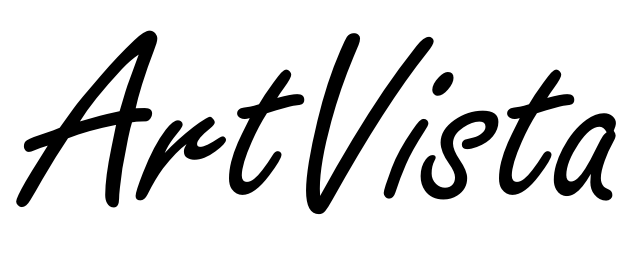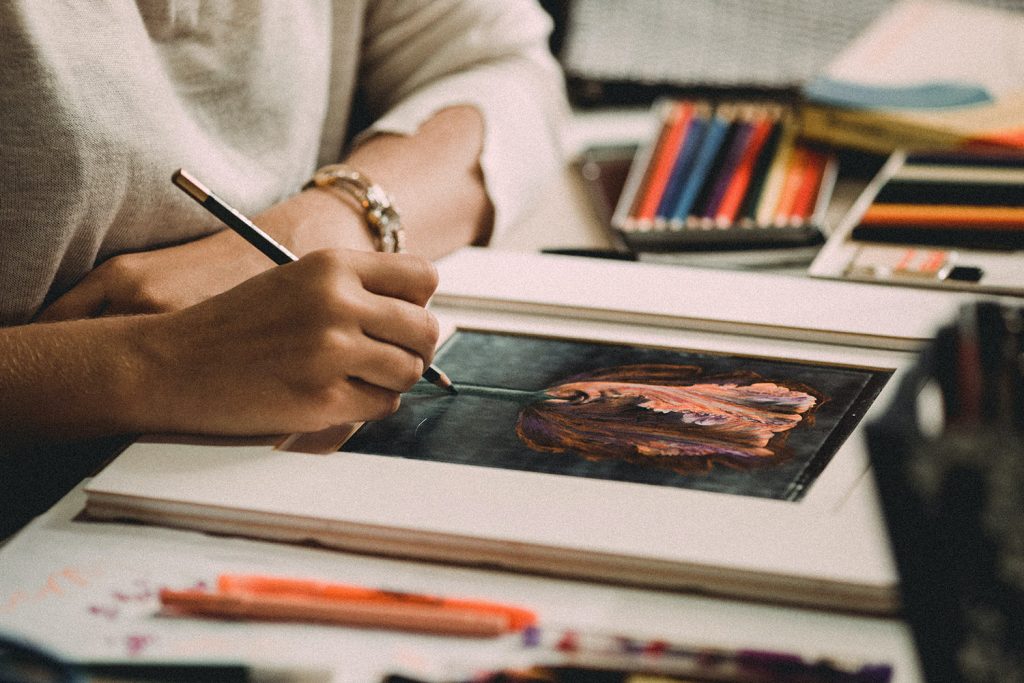Notions of what it means to be human are changing continuously. Shortlisted for the 2017 Aesthetica Art Prize, multidisciplinary artists Webb-Ellis work in film, installation and performance, weaving universal stories from images, sounds and personal encounters. The duo discuss their new project with Siobhan Davies Dance, a constantly evolving sensory piece that uses choreographer Jonathan Burrows’ Traces as a starting point.
A: The new commission is named after Burrows’ text. How are you interpreting this work, and how is its meaning changing as the project grows?
WE: Our relationship to the text has shifted throughout our time at Siobhan Davies Dance. Entering the world of contemporary dance was a new and challenging experience for us, and at the start of the project we clung to Jonathan’s words as a guide and a way in. Traces is a fascinating dispatch from within the moving body, grappling with the instability of dance. There are so many points to jump off from. Finding ways to speak about dance has been important as we communicate and collaborate with dance artists, and Traces offers a certain language which speaks both about and from within the moving body.
A: You have used textual sources as inspiration for past projects, such as Ray Bradbury’s Fahrenheit 451 for Parlor Walls, a work shortlisted last year’s Aesthetica Art Prize. What is it about these literary influences that inspires your practice?
WE: We both read a lot, and we talk about what we read – our work emerges from these conversations. To quote Jonathan Burrow’s text, our process feels “like shining a torch into fog”, and texts offer us threads to follow, particularly at the start of projects. The work eventually takes on a life of its own, but the texts remain as markers on the journey, like cairns on a misty fell. It’s important for us to feel connected to ideas from different perspectives and other times. Being in the thick of a project can sometimes be an isolating experience, inhabiting an illogical and uncertain world of your own creation. Working with texts allows us to feel that we’re walking the misty path with friends from other worlds. William Golding’s novel The Inheritors was an important text for us during the early stages of the project and continues to be relevant in new ways as we enter the editing phase. It is also the working title for another current project.
We’re also really pleased to be working with the poet John Wedgwood Clarke who is writing alongside the film as it develops – his insights and observations feed our images and stories, as our images feed his writing. He will present a finished text alongside the work at Siobhan Davies Dance in March.
A: In this recent commission, you investigate the sense of touch. How do you explore this through movement?
WE: Touch is a recurring subject in our research and films. Parlor Walls explored the remote touch of the human voice and the virtual touch of hands, through the YouTube phenomenon of ASMR. This project builds on that work, rethinking it as an act with the potential to shape human evolution, and a way to think about the delicate interfaces between all life. It has been a huge pleasure to work closely with two dance artists, Charlie Morrissey and Samuel Kennedy. We have been in dialogue with Charlie since very early in the project, exchanging ideas about touch and evolution. Most recently, we have filmed Charlie and Samuel moving together, using the form of “contact improvisation” to explore the boundaries between self and other through touch. When two bodies find a shared state of flow, moving together as one, it’s a special moment to witness. It has a universal resonance: we see it with cubs play fighting, murmurations of starlings, crowds in an airport – this ability to tune in on a profound level with other beings is something very deep rooted.
A: How has the project changed over the weeks of Independent Dance classes you have received at the studio?
WE: The classes have really taught us to “think” with our bodies. Research is often viewed as an intellectual process, but working directly with the material of movement – and embodying our ideas – has allowed us a whole new understanding of what it means to research, which we plan to continue in our practice. The invitation to work with Siobhan Davies Dance is wonderfully open. The six-week long classes have given structure to the unpredictable process of developing this new piece. It is through our intuitive responses to the classes, and discussions with the teachers and dance artists, that ideas for the film have emerged.
A: You mentioned an interest in ancient cultures and communication. How does this piece create dialogues between ancient, current and future societies?
WE: We’ve been thinking a lot about an encounter between Neanderthals and Homo-sapiens, where pre-linguistic communication and gesture made interaction possible. This ancient meeting offers ways for us to explore coexistence and human belonging, and to question deeply held myths and stories relating to the human body and evolution. It also allows reflection on the future evolution of humans in relation to developments in artificial intelligence.
A: Composer Sven Helbig will be creating the score for this work. How will the music enhance the piece?
WE: Helbig’s music has inspired our work for some time. His most recent album I Eat the Sun and Drink the Rain combines electronics and choral singing to question the current and future condition of the human species. We all respond to a shared interest in the human condition through our own languages of film and music. Helbig is working on a Waltz as part of the soundtrack. The rotating movement of this traditional dance music mirrors the project’s preoccupation with time and cycles. We’re working with him remotely, speaking by video web call as he tours all over the world with his concerts, and we travel the motorways filming for Inheritors. This “call and response” collaboration feels really dynamic – he is not just creating sound for our images, rather we are creating the film together, as images and sound are born out of one another. This cyclical way of working in collaboration really excites us, and has evolved throughout the project as we work closely with the different disciplines of dance, music and poetry.
A: How does this commission fit in with your existing body of work?
For us, the individual works are moments of crystallisation in an ongoing exploration of themes and ideas which flow from one work to the next. Inheritors picks up where Parlor Walls left off, looking at the way we relate to one another and the natural world. Our interests run deep, and no one work can fully satisfy our curiosity. Unfinished threads of research, and images left “on the cutting room floor”, provide seeds for future work. These moments are important markers in the development of our thinking, and in our efforts to communicate with viewers. Working with Siobhan Davies Dance, and Programme Director Lauren Wright has been a dream commission. We have been offered an abundance of support and stimulation with an openness that allows us to pursue our ongoing research and obsessions.
The work will be on show at Siobhan Davies Dance Studios until 15 April. Find out more here.
Credits:
1. Still from Interitors. Courtesy Webb-Ellis.




